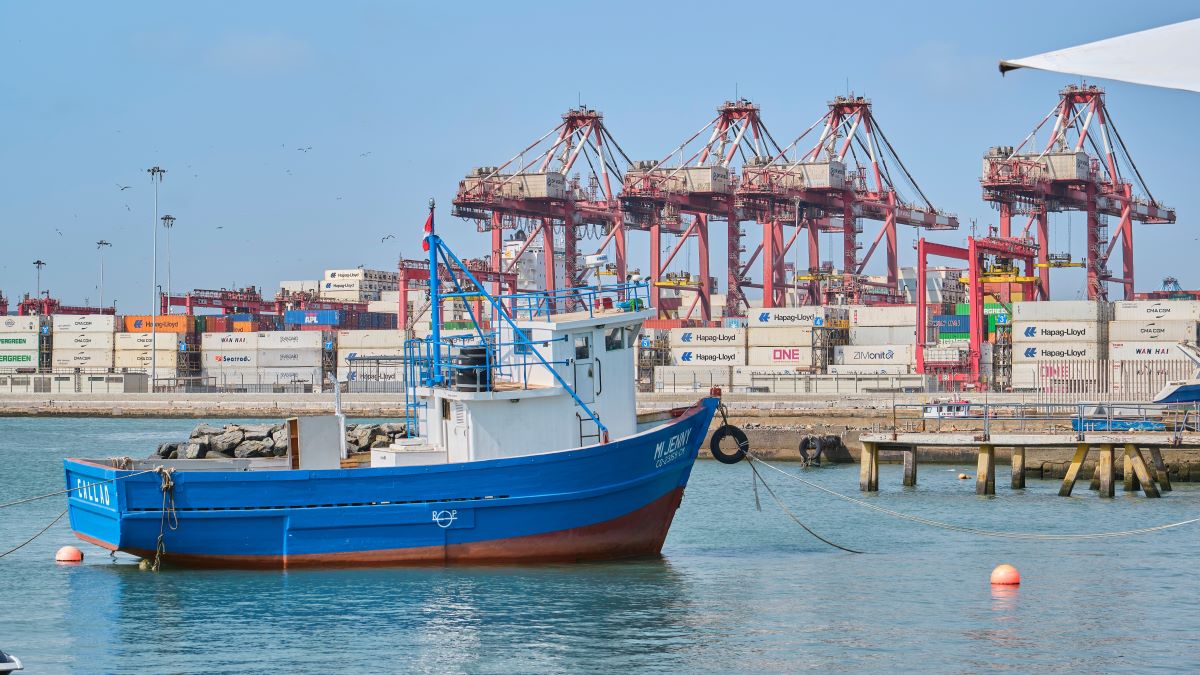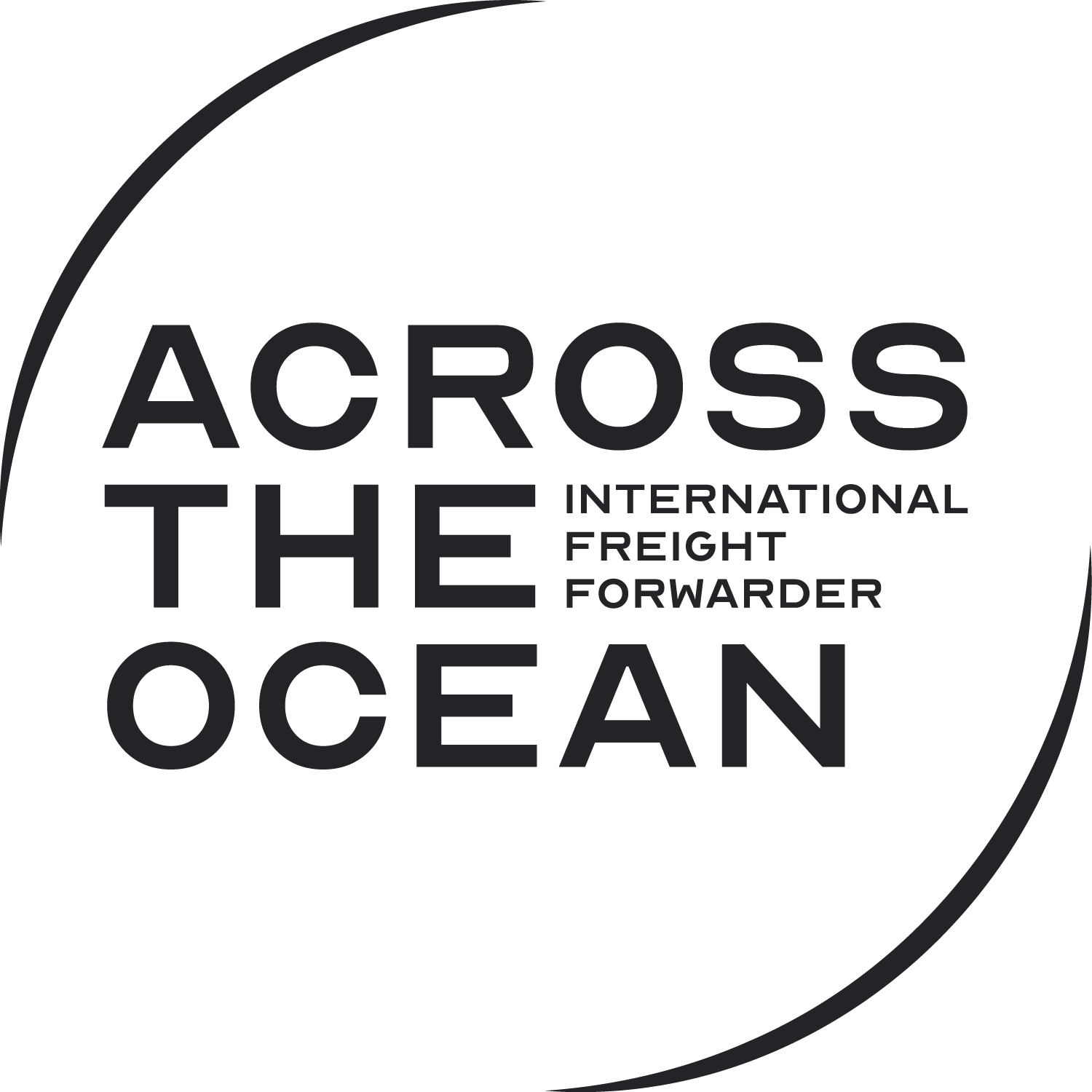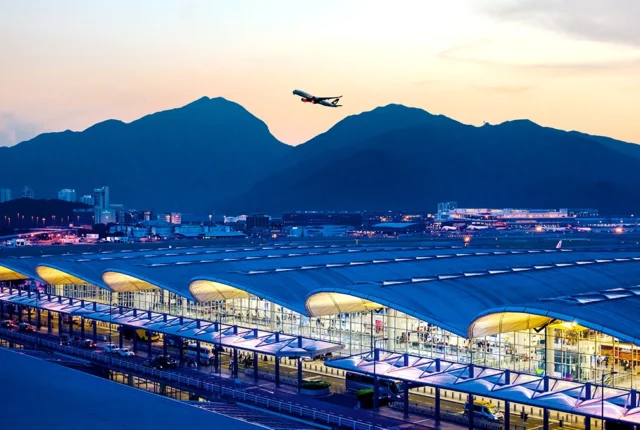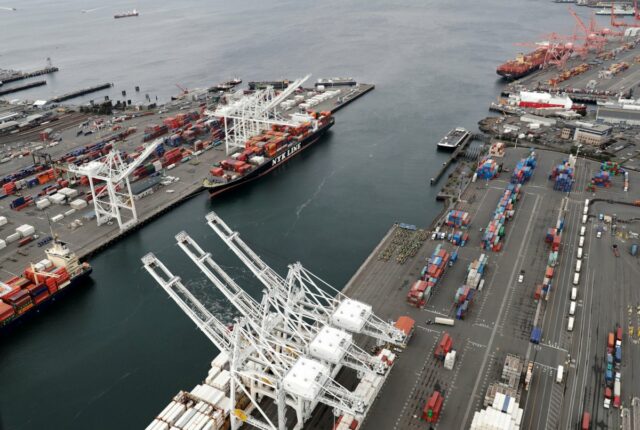
Cross-Border Compliance in 4PL: Navigating Customs, Carbon Rules, and Trade Shifts
Global trade has never been more interconnected—or more complex. With supply chains stretching across multiple continents, Fourth-Party Logistics (4PL) providers have become critical players in orchestrating cross-border logistics. Unlike traditional 3PLs that handle physical transportation, 4PLs manage the entire supply chain ecosystem, ensuring that every step—from customs clearance to carbon compliance—aligns with international regulations.
Cross-border compliance in 4PL is no small task. It requires navigating evolving customs requirements, adapting to green regulations, and responding to global trade shifts. Companies that fail to comply risk hefty fines, shipment delays, and reputational damage. This makes compliance a strategic imperative rather than a back-office formality.
The Role of 4PL in Global Supply Chains
4PL providers serve as end-to-end integrators, coordinating logistics, technology, and compliance processes across multiple service providers. Their scope includes:
- Designing global supply chain strategies.
- Coordinating customs and trade documentation.
- Managing sustainability reporting and carbon tracking.
- Ensuring adherence to local and international regulations.
Difference Between 3PL and 4PL in Compliance Management
- 3PLs: Handle transport, warehousing, and distribution but often leave compliance to the shipper.
- 4PLs: Act as strategic managers, integrating customs, tax, and sustainability compliance into every logistics decision.
Why Compliance is More Complex in 4PL Operations
Because 4PLs operate on a global scale and often engage multiple subcontractors, they face higher compliance risks. Each border crossing may involve different tariffs, environmental regulations, and documentation standards.
Customs Regulations in Cross-Border Logistics
Customs clearance remains one of the most time-sensitive and compliance-heavy aspects of 4PL operations.
Common Customs Challenges for 4PL Providers
- Incorrect tariff classifications.
- Incomplete or inaccurate shipping documentation.
- Sudden regulatory changes due to political shifts.
- Delays caused by manual customs processes.
Digitalization and Customs Clearance Automation
Technology is transforming customs compliance. 4PL providers now leverage:
- Electronic Data Interchange (EDI) for real-time document exchange.
- AI-based compliance tools that verify tariff codes.
- Pre-clearance systems that speed up border crossings.
Carbon Regulations and Green Trade Standards
Sustainability has become a compliance requirement, not just a competitive edge.
The Rise of Carbon Border Adjustment Mechanisms (CBAM)
The European Union’s CBAM requires importers to report and pay for carbon emissions embedded in goods. Similar rules are under discussion in other regions, creating a ripple effect across supply chains.
How 4PL Providers Adapt to Carbon Accounting Rules
- Incorporating carbon tracking software into transport management systems.
- Using emission reporting dashboards for compliance audits.
- Partnering with carriers that offer verified carbon-neutral shipping options.
Sustainable Logistics Practices Across Borders
- Route optimization to reduce fuel consumption.
- Shifting to intermodal transport that relies more on rail and sea.
- Integrating renewable energy into warehousing and distribution hubs.
Trade Shifts and Geopolitical Factors
Cross-border logistics doesn’t exist in a vacuum. Trade wars, sanctions, and shifting alliances affect compliance requirements overnight.
Impacts of Trade Wars and Sanctions
- Increased tariffs and counter-tariffs.
- Restricted access to certain markets.
- Heightened compliance checks for sensitive goods like technology and pharmaceuticals.
Free Trade Agreements and Their Compliance Requirements
While FTAs reduce tariffs, they add complex rules of origin and specific reporting standards. 4PLs must navigate these intricacies to maximize cost savings without breaking compliance.
Emerging Markets and Shifting Supply Chains
As companies diversify away from traditional manufacturing hubs, 4PLs must adjust compliance strategies to align with new regional regulations in Southeast Asia, Africa, and Latin America.
Best Practices for 4PL Providers in Compliance Management
To stay ahead of evolving regulations, 4PL providers should adopt a structured compliance framework.
Building a Global Compliance Framework
- Standardize compliance processes across all regions.
- Maintain centralized databases for trade regulations.
- Conduct regular risk assessments.
Partnering with Local Experts and Customs Brokers
Local specialists help interpret country-specific regulations and prevent missteps that global compliance teams may overlook.
Continuous Training and Compliance Audits
Compliance is dynamic, requiring frequent staff training, third-party audits, and regular updates to compliance technology.
The Future of Compliance in 4PL Logistics
Cross-border compliance in 4PL is evolving into a strategic differentiator. Providers that embrace technology, sustainability, and agile compliance frameworks will not only navigate customs and carbon rules but also thrive in an era of shifting trade landscapes.
By aligning with international regulations and leveraging innovative tools, 4PL providers can deliver resilient, transparent, and sustainable global supply chains—a true competitive advantage in the new trade era.
FAQs
What makes cross-border compliance more challenging for 4PLs than for 3PLs?
PLs manage entire ecosystems across multiple regions, making them more vulnerable to diverse and overlapping regulatory frameworks.
Can technology fully automate customs compliance?
While technology streamlines processes, human oversight remains essential due to the complexity and variability of global trade laws.
How do geopolitical shifts affect 4PL compliance?
Trade wars, sanctions, and new FTAs can instantly alter tariffs and reporting requirements, forcing 4PLs to adapt quickly.






